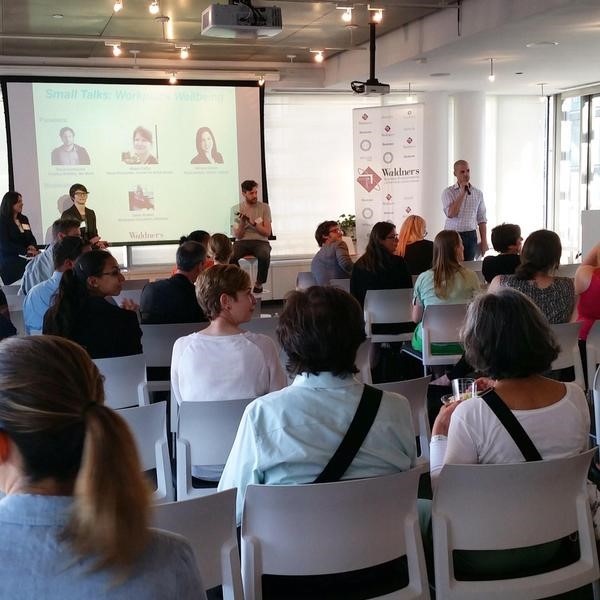When we talk about holistic health we often think about caring for our physical, emotional and mental well-being. Not the environments in which we live and work, and how they can be enriched to support health.
Consider Guthrie Green in Oklahoma, where obesity rates are among the highest in the country, which recently received the Center for Active Designs Excellence Award. Designers converted a former truck yard into a venue for community gatherings centered around gardens, an outdoor stage, central lawn and an interactive fountain which serves as an active play area for children (and young-at-heart adults) in the community.
With people spending increasingly more time at work, research into creating workspaces to counteract the stresses of daily life, boost productivity, and encourage healthy behaviors has never been more important. New Yorks Riverside Health Center has been redesigned to promote physical activity. Exercise rooms, showers, lockers and bike storage rooms are all available on-site; the stairwell is centrally located, colorful and well-lit by natural light and signs such as these (Burn Calories, Not Electricity) promote stair use throughout the day.
Research into biophilic design principles, such as natural lighting and ventilation, indoor plants and outdoor views, show these confer psychological benefits and improved worker morale. Providing a range of mixed-used spaces (quiet offices, meeting rooms, relaxed communal areas) can promote mental well-being and greater productivity by accommodating differences in how employees work.

Interest in designing for health is growing. In 2014, the American Society of Interior Designers (ASID) announced a Clinton Global Initiative commitment to develop design protocols to train 40,000 interior designers and architects in health by design. The Vitality Institute is proud to be part of that initiative, as part of our belief that cross-sector collaboration is key to building a culture of health. Last week, along with representatives from the Center for Active Design and WeWork, I participated in a panel discussion (see image below) to an audience of architects, designers and health professionals discussing how to boost employee health through changes in office culture and the physical environment.
This area is in its infancy and there remains tremendous untapped potential at the intersection between design and health. We encourage you to embrace a truly holistic notion of health and consider how you might change your work, home and community environments to promote better health.
Do you have examples of great spaces that enhance your productivity or well-being? Share them with us by posting them on social media and tagging @VitalityInst or by leaving a comment below.
Image credit (and full image): City of New York






